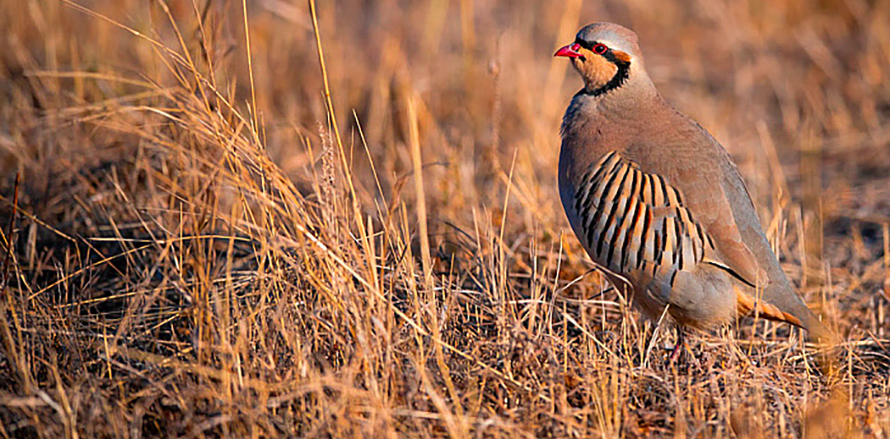
14 Oct 2021 The European Red List of birds: 2021 update
Today, the European Red List of Birds 2021 was launched with assessments of the regional extinction risks for all 544 bird species in Europe. The work was conducted with collaboration between BirdLife International and the International Union for the Conservation of Nature (IUCN) and funded by the European Commission.
FACE was pleased to see that around 80% of the bird species have been assessed as Least Concern. However, the fact that declining trends are observed in 30% of cases for all bird species and in over 40% of waterbird species is concerning.
For huntable birds, the status has worsened for species such as the Common Snipe, Common Eider and Northern Pintail, and declining trends were reported for other species, such as the Wigeon or the Tufted Duck. For several species of ducks, including the Pintail, Wigeon, and Tufted Duck, declining breeding populations are reported in the EU while their wintering numbers are increasing. For example, while the Wigeon’s breeding numbers are decreasing, with around 55 thousand pairs, the species remains abundant in the EU with around 1 million individuals coming to spend the winter here.
These insights further illustrate that the EU is losing quality breeding habitat for water birds, and wetland restoration needs to be much higher on the political and policy agenda. That is why FACE has been actively calling for better habitat conservation measures, particularly on wetlands and wet grasslands to be incentivised under the Common Agricultural Policy.
The report also highlights success stories for huntable species such as the Greater Scaup, Long-tailed Duck, and Willow Grouse, which have all moved off the Threatened categories of the Red List and are now assessed as Least Concern. Others such as Rock Ptarmigan, Chukar and Redwing have moved from Near Threatened to Least Concern. The EU Member State reports under the Birds Directive in 2013-2018 were the main dataset for the assessment, which were then complemented by similar data were from BirdLife Partners and other experts to complete the pan-European Red List. In this regard the FACE analysis of the Birds Directive reporting 2013-2018 provides detailed insights for huntable bird species.
The European hunting community has been actively engaged in the conservation of birds through restoration of habitats, promoting good governance of hunting, and contributing to scientific research. The Red List sends a clear signal. The next steps are to investigate what is happening to identify conservation priorities.


No Comments